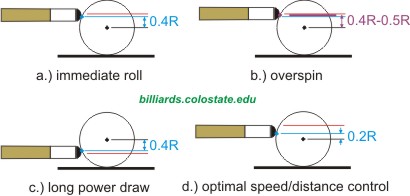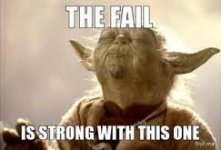Let's be careful, here. We're talking about the tip grabbing and swiping the cue ball. We all know the world is flat and this isn't reality.
Best,
Mike
Go ahead Mike, you are right, science is wrong. CJ said it, so it must be true. Good luck with it. This thread is like a guy from 200 years ago trying to explain how a car works. Would be comical if it wasn't so sad. It's quite interesting to see how many on here are saying how some of this has improved their game so much, when what they describe they are doing isn't even what CJ is describing and saying to do. But, a world champion said to try it, and even if they don't do what he actually said, it's great just because the champ said to do it.
You go ahead and "pop" your cue up while your stroking, and see how accurately you hit the cb.
Simple test for you Mike. Place your tip right at the cb, but low. Now, just raise it real fast, and see how much spin you actually put on the cb. Then ask yourself, "if I can't spin it like this, how in the world can it be spun while moving the cue forward?"
Last edited:

